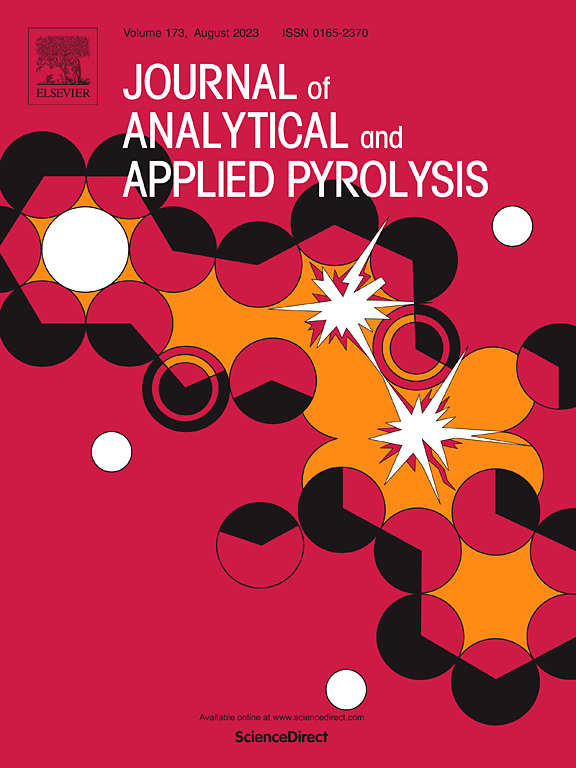从空果束中提取可持续生物炭:技术创新和未来展望
IF 5.8
2区 化学
Q1 CHEMISTRY, ANALYTICAL
引用次数: 0
摘要
印度尼西亚广阔的农业景观产生了大量的生物质残留物,特别是棕榈油生产,如空果束(EFB)。每年生产2865万吨EFB,这一未充分利用的资源为可持续生物炭生产提供了机会。生物炭是一种稳定的生物质热解副产物,为改善土壤质量、提高作物生产力和在酸性旱地固碳提供了持久的解决方案。本文综述了EFB转化的热解技术,重点介绍了加热方法、生产规模及其效率。EFB的高木质素含量(34.9 %)支持其生物炭生产的潜力,产生具有有益农艺和环境特性的固体残留物。然而,诸如原料组成的可变性、可扩展性和能源效率等挑战仍然存在。微波辅助热解和可再生能源加热集成等创新技术有望解决这些限制。该研究强调,优化热解条件(如温度和停留时间)、探索连续生产方法和先进的反应器设计至关重要。未来的研究必须通过广泛的田间试验来评估生物炭对土壤健康和养分循环的影响,并评估其经济和环境可持续性。efb衍生的生物炭具有彻底改变可持续农业实践和废物管理的潜力,有助于环境保护。本文章由计算机程序翻译,如有差异,请以英文原文为准。
Sustainable biochar from empty fruit bunches: Technological innovations and future perspectives
Indonesia's expansive agricultural landscape generates significant biomass residues, particularly from palm oil production, such as Empty Fruit Bunches (EFB). With 28.65 million metric tons of EFB produced annually, this underutilized resource presents an opportunity for sustainable biochar production. Biochar, a stable byproduct of biomass pyrolysis, offers a durable solution to improving soil quality, enhancing crop productivity, and sequestering carbon in acidic drylands. This review explores pyrolysis technologies for EFB conversion, focusing on heating methods, production scales, and their efficiency. EFB's high lignin content (34.9 %) supports its potential for biochar production, yielding solid residues with beneficial agronomic and environmental properties. However, challenges such as variability in feedstock composition, scalability, and energy efficiency persist. Innovations like microwave-assisted pyrolysis and renewable energy integration for heating show promise in addressing these constraints. The study highlights that optimizing pyrolysis conditions, such as temperature and residence time, alongside exploring continuous production methods and advanced reactor designs, is crucial. Future research must evaluate biochar’s effects on soil health and nutrient cycling through extensive field trials and assess its economic and environmental sustainability. EFB-derived biochar holds the potential to revolutionize sustainable agricultural practices and waste management, contributing to environmental conservation.
求助全文
通过发布文献求助,成功后即可免费获取论文全文。
去求助
来源期刊
CiteScore
9.10
自引率
11.70%
发文量
340
审稿时长
44 days
期刊介绍:
The Journal of Analytical and Applied Pyrolysis (JAAP) is devoted to the publication of papers dealing with innovative applications of pyrolysis processes, the characterization of products related to pyrolysis reactions, and investigations of reaction mechanism. To be considered by JAAP, a manuscript should present significant progress in these topics. The novelty must be satisfactorily argued in the cover letter. A manuscript with a cover letter to the editor not addressing the novelty is likely to be rejected without review.

 求助内容:
求助内容: 应助结果提醒方式:
应助结果提醒方式:


